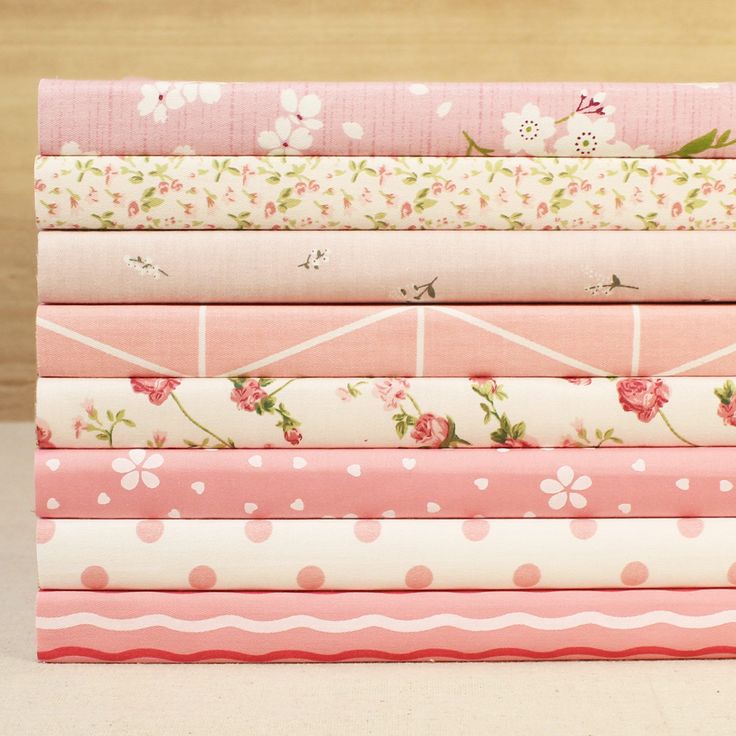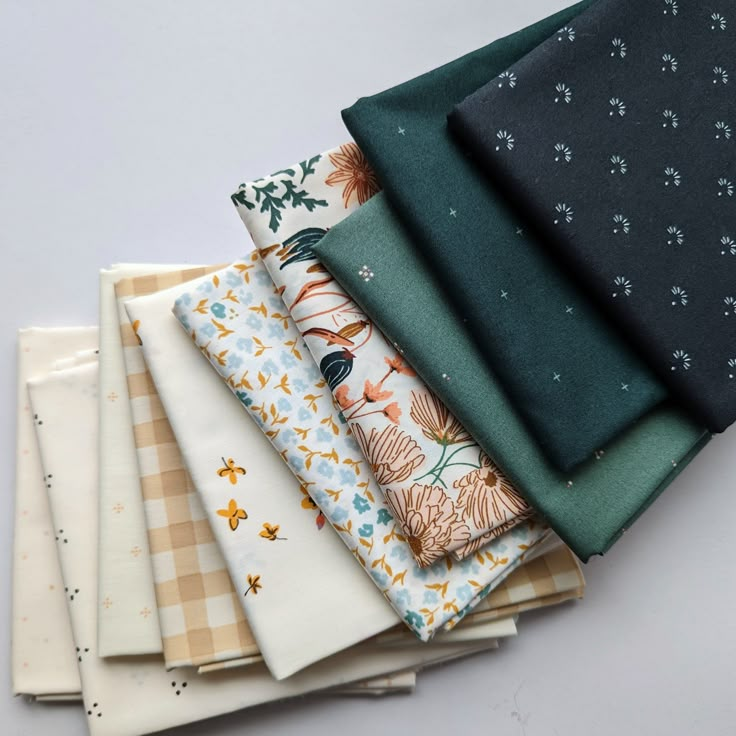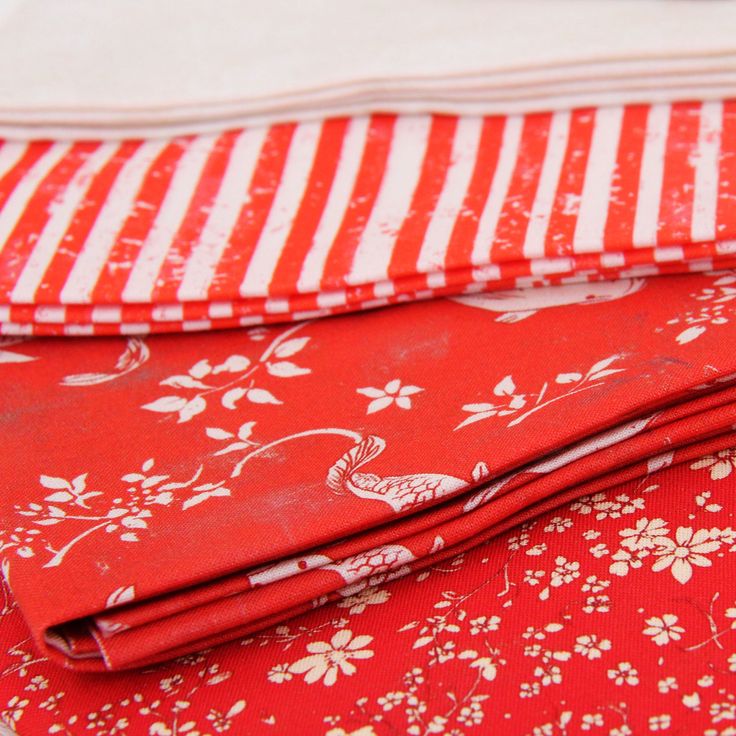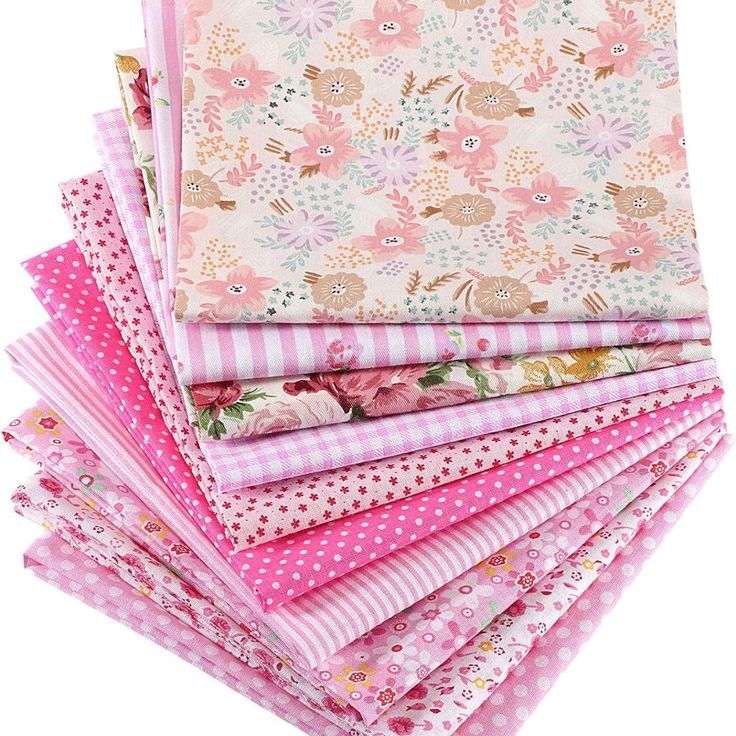What Makes a Good Quilting Fabric?
Choosing the right quilting fabric is crucial to creating a high-quality quilt. A good quilting fabric ensures durability, smooth construction, and an appealing finish. Understanding the characteristics of quality fabric will lead to better results and enjoyment during the quilting process. Here are some essential factors to consider when evaluating fabric quality.

Characteristics to Look For
- Durability: The durability of quilting fabric is paramount. Good quilting fabrics should hold up to frequent washing and use without showing signs of wear. Look for tightly woven fabrics, as they tend to be stronger and more resistant to fraying. This characteristic ensures that your quilt will last through years of love and use without falling apart.
- Softness: Fabrics should feel soft to the touch. This quality makes handling enjoyable during the quilting process. However, it’s essential that the fabric maintains its structure during sewing. Fabrics that are too soft may stretch or distort, making it difficult to achieve precise piecing.
- Color Fastness: Color fastness is another important factor to consider. Good quilting fabrics should retain their vibrant colors after washing. This quality prevents fading and ensures that your quilt maintains its beauty over time. To check for color fastness, consider pre-washing a small sample to see how it holds up.
- Ease of Sewing: Choose fabrics that glide smoothly through the sewing machine. Ideally, they should slide through the feed dogs without causing frequent snags or frays. Fabrics that are difficult to sew can lead to frustration and poor results.
- Low Stretch: Opt for fabrics with minimal stretch to help maintain the quilt’s structure. Fabrics that stretch can result in misaligned seams, impacting the overall appearance of your quilt.
Weight and Thread Count Considerations
- Medium Weight: Most quilters prefer medium-weight fabrics, such as quilting cotton. These fabrics are easier to manage, making them ideal for cutting and piecing. The right weight contributes to a well-draped quilt that feels substantial without being overly heavy.
- Thread Count: Fabrics with a balanced thread count, usually around 60×60, provide strength and a smooth surface for sewing. A good thread count ensures that the fibers are tightly woven, allowing for a durable and appealing finish.
- Avoid Overly Thin Fabrics: While lightweight fabrics can be tempting for their softness, overly thin fabrics are prone to tears and may weaken over time. For quilting projects, it is best to avoid fabrics that are too thin to ensure longevity in your creations.
By prioritizing these qualities when selecting your quilting fabric, you can enhance your quilting experience and achieve outstanding results. Investing time in choosing the right fabric makes a significant difference in the quality and durability of your quilts. Happy quilting!
Popular Types of Quilting Fabrics
Choosing the right type of quilting fabric can elevate the design and feel of your quilt. Different fabrics offer varying texture, durability, and aesthetics, making it essential to understand their features.
Cotton Fabrics: The Classic Choice
Cotton fabrics are the most popular choice among quilters. They offer durability, breathability, and ease of use. Quilting cotton, a medium-weight fabric, is especially favored for its smooth weave and vibrant prints. It is perfect for beginners due to its simplicity during cutting and piecing. Cotton fabrics are also versatile, suitable for a variety of designs, from traditional to modern quilts.
Batik Fabrics: Unique Patterns
Batik fabrics feature intricate, hand-dyed patterns, making them stand out. Their vibrant colors and unique designs add depth to quilting projects. With a tighter weave compared to regular cotton, batik fabrics hold up well over time. They are perfect for detailed or artistic quilts. However, they may require extra care when sewing due to their slightly stiffer texture.
Specialty Fabrics for Quilting Projects
Specialty fabrics include materials like flannel, wool, and silk, each suited for specific projects. Flannel adds warmth and softness, making it ideal for baby quilts or winter blankets. Wool fabrics are excellent for appliqué and add texture to quilts. Silk fabrics bring luxury but require advanced sewing skills due to their delicate nature. Specialty fabrics often add a unique touch to your quilt but may demand extra attention during preparation and sewing.

How to Choose Fabrics for Specific Quilts
Selecting the right quilting fabric depends on the type of quilt you’re creating. Different skill levels, design preferences, and themes impact the choice. Below are some tips for choosing fabrics suited to your quilt project.
Fabrics for Beginners vs. Advanced Quilters
For beginners, stick with simple and easy-to-use fabrics, like quilting cotton. Quilting cotton is durable, easy to cut, and smooth to sew. It lets beginners focus more on technique without fabric challenges. Avoid stretchy or slippery fabrics as they can be tough to manage.
For advanced quilters, experimenting with specialty fabrics adds creativity. Fabrics like silk, wool, or batiks bring luxurious textures and unique designs. They may require skilled handling and precision but offer rewarding results.
Coordinating Colors and Patterns
Creating a visually pleasing quilt involves harmonious colors and patterns. For balanced designs, use a mix of solids and printed fabrics. Select a primary color palette and add complementary shades for depth.
Patterns should vary but remain cohesive. Pair bold prints with neutral solids to avoid overwhelming the design. Using pre-selected fabric bundles or charm packs can simplify coordination.
Seasonal and Theme-Based Fabrics
Seasonal fabrics help match quilts to specific times of the year. For winter quilts, choose cozy flannel or wool and darker tones. For spring or summer, opt for bright colors and lightweight cottons.
Theme-based fabrics can reflect hobbies, events, or personal interests. For example, use baby-themed prints for baby quilts or holiday patterns during festive seasons. Think about the quilt’s purpose and use designs that enhance its intent.
By tailoring your fabric choices to skill level, coordination, and occasion, you can create beautiful and meaningful quilts.
Where to Buy Quality Quilting Fabrics
Finding the right quilting fabric starts with knowing where to shop. Reliable sources ensure access to a broad range of quality options suited to different quilting needs. Below are the top options to consider when sourcing quilting fabrics.
Online Fabric Stores
Online fabric stores offer convenience and variety. They provide access to numerous fabric types, styles, and patterns, all from the comfort of your home. Many online shops cater specifically to quilting, offering quilting-specific brands and bundles. Some stores also provide tools to filter fabrics based on color, weight, or type.
Shopping online helps you discover unique fabric collections that might not be available locally. Websites often feature customer reviews, helping you make informed choices about fabric quality before purchasing. Many stores also offer discounts, bundles, and subscription options for regular quilting supplies.
Be sure to check the store’s policies on shipping and returns. Reliable stores should include detailed product descriptions, including dimensions, weight, and thread count.
Local Quilt Shops and Markets
Local quilt shops offer a hands-on fabric-buying experience. Visiting these stores allows you to touch and feel the fabric before purchasing. Staff at quilt shops are often knowledgeable, providing helpful advice and recommendations. These stores may have curated collections that cater specifically to quilters.
Markets and craft fairs also feature vendors selling unique or handmade fabrics. These are ideal for finding specialty or themed materials for personal projects. Local shops and markets foster a sense of community and often provide workshops or classes to help improve quilting techniques.
While selection in local shops may be smaller than online stores, they often carry high-quality and exclusive fabrics that are worth exploring. Supporting local shops promotes small businesses and keeps the quilting community thriving.

Prepping Quilting Material Before Use
Preparing fabric before starting your quilt is essential for a successful project. Proper preparation ensures durability, consistency, and ease during the quilting process. Taking the necessary steps to wash, cut, and organize your quilting fabric can make a significant difference in the final outcome of your quilt.
Washing and Shrinking: Why It’s Important
Washing your fabric is the first crucial step. This process removes dirt, chemicals, or sizing that may have been applied during manufacturing. These residues can sometimes irritate the skin or affect the fabric’s appearance. Additionally, washing fabric helps prevent unpleasant surprises later, such as uneven patches or dye transfer.
Shrinking fabric is another important consideration. Most fabrics, especially cotton, will shrink to some extent. If you do not pre-shrink your fabric, your quilt may appear distorted after the first wash. Ideally, you want your quilt to maintain its intended dimensions.
When washing, use mild detergent and lukewarm water. Harsh cleaners can damage the fibers, affecting the fabric’s longevity and softness. After washing, thoroughly inspect the fabric for any imperfections, stains, or signs of color bleeding.
Once washed, dry the fabric using medium heat or allow it to air dry naturally. After drying, iron the fabric to remove wrinkles, which will help keep it flat for cutting. Smooth fabric is easier to work with and contributes to precision during the quilting process.
Cutting and Organizing for Quilting Projects
Accurate cutting is vital for creating clean and precise patterns in your quilt. Employing the right tools, such as rotary cutters and quilting rulers, ensures sharp, even edges. These tools help you achieve the exact measurements needed for each piece of your quilt.
Before cutting, press the fabric to eliminate any uneven folds and creases. Smoothing the fabric makes cutting easier and enhances accuracy. Ensure you cut on a flat surface, as this will also improve efficiency and precision.
As you begin to cut your fabric, create piles or mark pieces to keep everything organized. Labeling pieces helps differentiate blocks, borders, and sections of your quilt. This practice can save time and reduce confusion during the piecing process.
Organize fabrics by color, pattern, or size, particularly if you are working with multiple designs. Keeping everything sorted makes it easier to find the pieces you need and allows for a smoother sewing experience.
Proper preparation is vital to ensuring your quilting fabric is ready for smooth and enjoyable sewing. Following these steps will contribute to a more efficient and satisfying quilting process, leading to beautiful results.

Tips for Building a Quilting Material Stash
Building a quilting fabric stash is essential for convenience and creativity. A well-thought-out stash saves time when planning projects and provides inspiration for unique designs.
Combining Scraps and New Fabrics
Using fabric scraps enhances variety and reduces waste. Save leftovers from previous projects for future use. Organize scraps by color, pattern, or size to simplify selection. Use scraps to create patchwork designs or accents in quilts.
Adding new fabrics to your stash keeps it fresh. Choose versatile fabrics, like quilting cotton or batik, for various projects. Mix solids with prints to ensure balance in your collection. Consider buying fabric bundles or charm packs for coordinated options while maintaining consistency.
Storing and Maintaining Your Fabric Collection
Proper storage protects your fabric stash from damage and clutter. Use bins or drawers to store fabrics neatly. Keep fabrics in a dry, dust-free place to prevent mold or fading.
Fold larger cuts of fabric to avoid creases and keep them manageable. For smaller pieces or scraps, use clear containers or zippered bags for easy visibility. Label each container to quickly find specific colors or patterns.
Regularly check your stash for any signs of wear or pests. Avoid storing fabrics in direct sunlight to prevent fading. Rotate your stash to maintain freshness and prevent fabrics from lying unused for too long.
By combining scraps with new additions and organizing your collection properly, building a quilting fabric stash becomes simple and rewarding.

Sustainable and Eco-Friendly Quilting Material Options
Eco-friendly quilting fabrics are essential for reducing environmental impact. These fabrics focus on sustainability and responsible production methods. Let’s explore the best sustainable fabric options for quilting.
Organic Cotton and Recycled Fabrics
Organic Cotton: Organic cotton is grown without synthetic pesticides or fertilizers. It is safe for the environment and healthier for users. This fabric feels soft and is ideal for high-quality quilting projects. Look for certifications like GOTS to ensure the cotton meets organic standards.
Recycled Fabrics: Recycled fabrics repurpose materials like polyester or cotton from post-consumer or industrial waste. These fabrics help reduce landfill waste and conserve resources. They come in diverse textures and colors, giving quilters eco-friendly options for sustainable designs. Using recycled fabrics can also inspire creative, one-of-a-kind quilt patterns.
Supporting Ethical Fabric Producers
Choosing ethical fabric producers ensures fair treatment of workers and eco-friendly practices. These companies often prioritize sustainable sourcing, water conservation, and reducing chemical use. Support brands with certifications such as Fair Trade, OEKO-TEX, or GOTS. Buying from ethical producers helps create a positive impact while getting high-quality quilting materials.
Making sustainable choices in quilting fabric benefits the planet and quilting communities. Consider organic, recycled, and ethically made fabrics for your next project.


